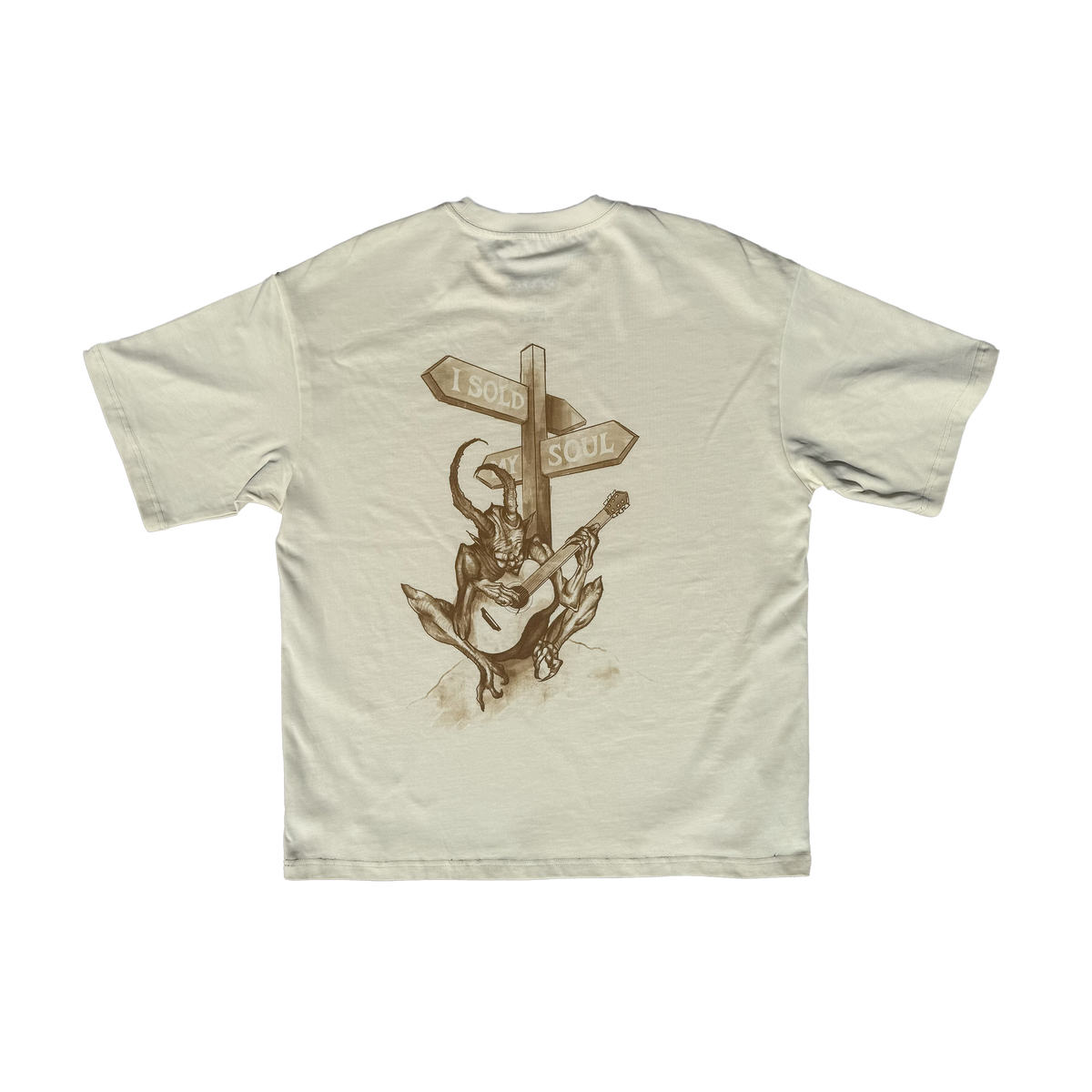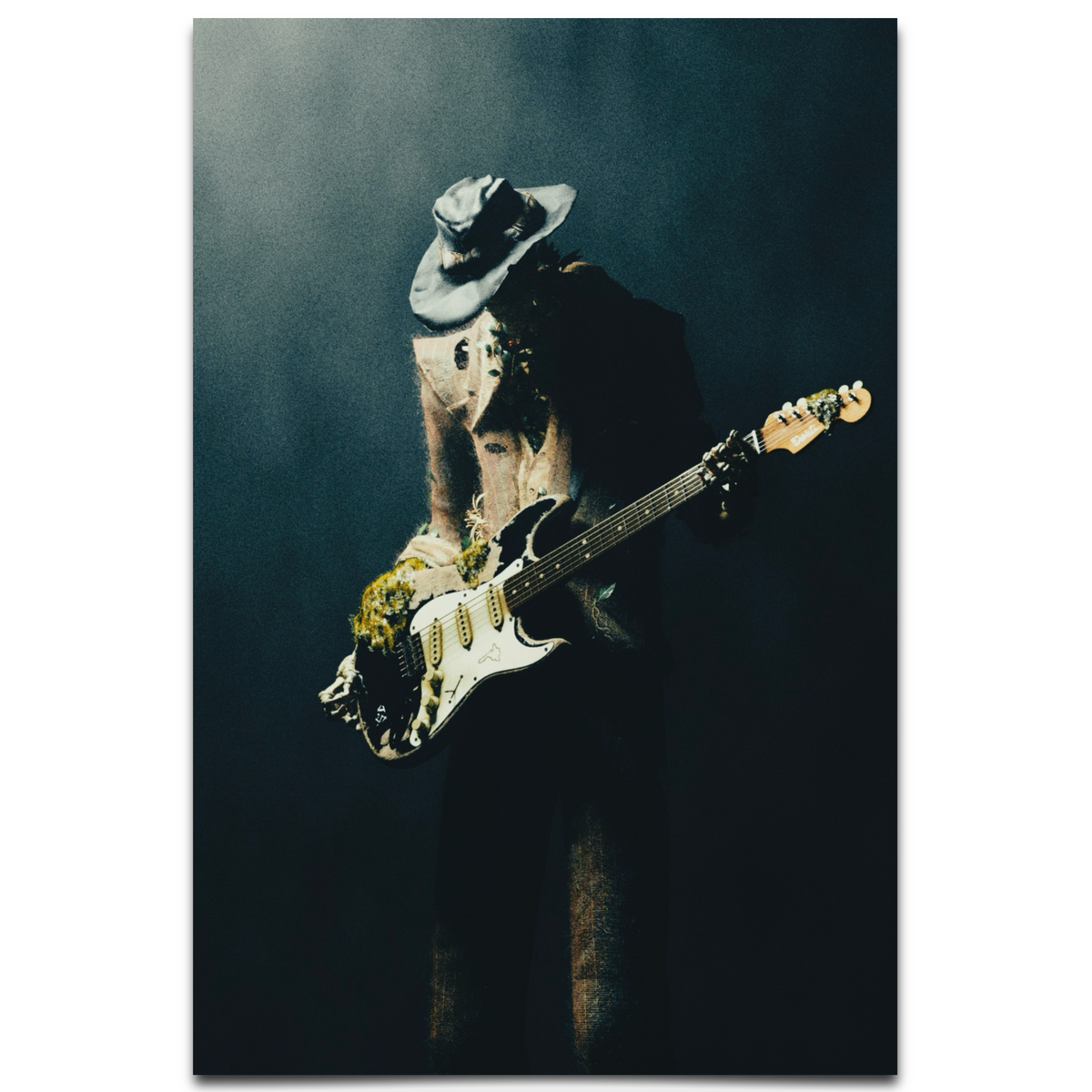Progressive rock, often just called "prog rock," emerged in the late 1960s and 1970s as a genre that pushed the boundaries of traditional rock music. Bands like Pink Floyd, Yes, King Crimson, and Genesis redefined what rock could be, blending complex structures, experimental sounds, and virtuosic playing. At the heart of this genre lies the guitar, which serves as both a melodic and rhythmic force. But what makes progressive rock guitar stand out? Let’s break down the defining characteristics that set it apart from other styles.
1. Technical Complexity and Virtuosity
One of the hallmarks of progressive rock guitar is its emphasis on technical skill. Guitarists in this genre, like Steve Howe of Yes or Robert Fripp of King Crimson, often showcase intricate fingerwork, rapid arpeggios, and unconventional chord progressions. Unlike the straightforward power chords of classic rock, prog rock guitarists frequently draw from classical, jazz, and folk influences, creating layered and unpredictable sounds. This virtuosity isn’t just for show—it’s a way to express the genre’s ambitious, almost storytelling nature through instrumental passages.
2. Experimental and Diverse Tones
Progressive rock guitarists are known for experimenting with tone and effects to create unique sonic landscapes. From David Gilmour’s emotive, sustain-heavy solos in Pink Floyd to Fripp’s use of dissonance and distortion, the guitar in prog rock isn’t confined to a single sound. Effects like delay, reverb, wah-wah, and even early synthesizers are often used to build atmospheric or otherworldly vibes. This willingness to explore beyond the standard "crunch" of rock guitar helps define the genre’s boundary-pushing ethos.
3. Complex Song Structures and Dynamics
Prog rock songs often feature extended compositions with multiple sections, and the guitar plays a key role in navigating these shifts. A single track might move from a delicate acoustic intro to a heavy, riff-driven climax, requiring the guitarist to adapt seamlessly. Think of songs like "Close to the Edge" by Yes, where the guitar weaves through odd time signatures and abrupt changes in mood. This focus on dynamics—balancing soft, intricate moments with powerful, aggressive bursts—sets prog rock guitar apart from more linear styles.
4. Integration with Other Instruments
In progressive rock, the guitar rarely operates in isolation. It often interlocks with keyboards, intricate drum patterns, and basslines to create a cohesive, almost orchestral sound. Guitarists in this genre aren’t just soloists; they’re part of a larger musical conversation. For example, in Genesis’s early work with Steve Hackett, the guitar complements Peter Gabriel’s theatrical vocals and Tony Banks’s sweeping synths, adding texture rather than dominating the mix.
In essence, progressive rock guitar is defined by its ambition and versatility. It’s a style that prioritizes creativity over convention, blending technical prowess with emotional depth and experimental flair. Whether you’re a guitarist looking to explore this genre or a fan curious about its sound, listening to iconic prog rock albums can reveal just how much the guitar shapes this fascinating corner of music history.
























